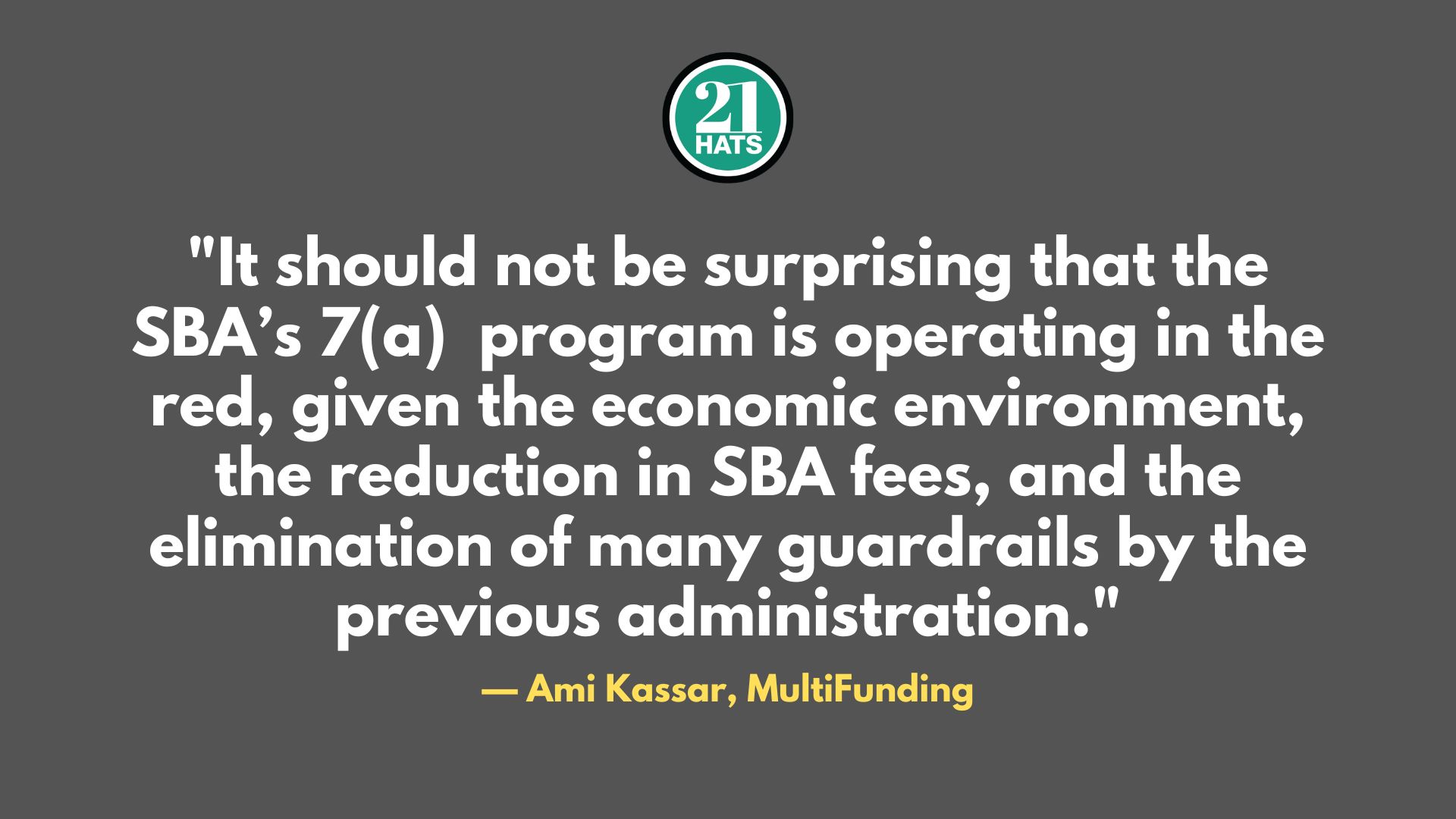How Is The Chaos in Washington Affecting the SBA?

There’s a lot of confusion about what’s happening in Washington. Here’s what I think it means for the SBA.
By Ami Kassar
It’s no secret that the federal government is undergoing a lot of change. Not surprisingly, many wonder what the upheaval might mean for the Small Business Administration and its programs. Some articles on this topic have added to the confusion. Like most people, I don’t know for certain what is happening now or what might happen over the next several months, but I do have a lot of experience with the SBA. I can share my instincts and what I do know in the hopes that this will clear up some of the confusion.
Layoffs: Last week, Politico reported that 20 percent of the SBA staff had been terminated. While we can’t be sure who has been let go, if the pattern is consistent with other agencies, many probationary employees or recent hires have likely been fired.
Keep in mind, though, that the payroll at the SBA has shrunk over the last 25 years. In 1992 there were about 6,000 full-time employees. At the beginning of the Biden administration, there were 1,400 full-time employees. Over the past four years, 2,400 were added primarily to handle the Economic Injury Disaster Loan portfolio. These current cuts can be expected to affect the office handling Economic Injury Disaster Loans, which could slow down the servicing of new applications, loans in process, lien payoffs, and subordinations.
The 8(a) Program: The SBA runs many programs to support small businesses. The 8(a) programs were created to help small businesses owned and controlled by “socially and economically disadvantaged individuals” compete for federal government contracts, providing them with training, business assistance, and the opportunity to compete for set-aside and sole-source contracts. Given the current administration’s stated priorities, the 8(a) program is likely to be severely cut or eliminated.
The 7(a) Program: A Business Journal article last week got my phone hopping. The article reported that the SBA’s 7(a) program has been running in the red and raised concerns about its future in this political environment. On this point, I encourage everyone to take a deep breath. The 7(a) program has long been a catalyst for economic growth, and I believe the new administration sees it this way.
It should not be surprising that the program is operating in the red, given the current economic environment, the recent reductions in SBA fees charged to borrowers, and the elimination of many guardrails by the previous administration. All of these issues can be addressed in relatively short order.
That said, this is not the first time the SBA has gone cash flow negative; it probably won’t be the last. There have been many good years when the SBA has run cash flow positive and sent its surplus to the U.S. Treasury. In occasional years, when it runs cash flow negative, there are budgetary accommodations to make up the shortfall. On balance, the SBA has been self-sustaining, and there’s no reason that can’t continue.
I am confident that the SBA will work through its current speed bumps, and be here to support American small businesses in the long term.
Ami Kassar is CEO of MultiFunding.